It shows a remarkable level of confidence from Donald Trump that he’s chosen for his running-mate the man who once called him “America’s Hitler.”
J.D. Vance, the thirty-one-year-old junior senator from Ohio, made the private comment in 2016, as he rose to fame off the back of his autobiography Hillbilly Elegy. The book recounts what it was like to grow up in a deprived rust-belt town, where his family and neighbors had “no college degree” and “poverty’s the family tradition.” Vance escaped by joining the US Marine Corps, which included a tour in Iraq. Once home, his degrees from Ohio State University and Yale took him to California, where he worked for the entrepreneur and Republican-backer Peter Thiel, who is reported to have arranged the first meeting between Vance and Trump.
Vance wasn’t just establishing himself as an author. He was starting to make a name for himself politically, too, as a never-Trumper who thought the president was “reprehensible,” an “idiot” and “cultural heroin.”
Six years later, Vance successfully ran for the Senate in Ohio as a MAGA-affiliated candidate. He became one of the former president’s biggest supporters, defending his actions on January 6 and repeating Trump’s claim that the 2020 election “was stolen.” In his speech at the Republican National Convention last night — his first as the vice presidential nominee — Vance described Trump as “America’s last best hope to restore what, if lost, may never be found again.”
What changed? In an interview with the New York Times earlier this year, Vance described the “complete overreaction,” after Trump’s 2016 win, to the mere suggestion that the president might, sometimes, have a point. By the 2020 election, Vance’s vote for Trump was a protest vote against being “policed in what we think and what we say.”
Fortunately for Vance, Trump can be forgiving towards those who repent and do penance. Humiliation is part of the punishment. “J.D. is kissing my ass,” Trump told a rally of Ohioans in September 2022. “Yeah, he said some bad things about me, but that was before he knew me and then he fell in love.”
Despite their past differences, Trump and Vance are now thought to be politically aligned. Joe Biden described Vance as “a clone of Trump.” Yet there are some notable differences between them: Vance is a devout Catholic convert, whereas Trump could not name his favorite verse in what he says is his favorite book, “the Bible.” Their biggest differences, however, come down to extremes. On policy, Vance tends to out-MAGA Trump.
While Trump is vague on the extent of his support for Ukraine, Vance has called for an end to the war, which would cede territory to Russia. “I don’t really care what happens to Ukraine,” he said in 2022. Vance wants the resources that are flowing to Europe to be diverted to America’s borders, as well as towards Taiwan — a move, he thinks, that could stop China invading.
Vance goes further on the economy, too. For all of Trump’s protectionist rhetoric, the crux of his economic agenda in office was broadly laissez-faire: a combination of lower taxes and market liberalization, with the odd Trumpian threat of a trade war thrown in to keep China and Europe on their toes.
If Vance gets his way, tariffs are the future. He seems relaxed about price rises (which he thinks are exaggerated) and tax hikes, so long as immigration is curbed and wages rise. His answer for filling in budget deficits is not to force America’s unemployed back to work but to entice them. The Republican Party hopes Vance’s economic outlook will appeal to trade-union voters. This week the head of the Teamsters Union — which represents 1.3 million workers — spoke at the Republican National Convention for the first time in history.
Vance may be a poster boy for the American dream, journeying from absolute poverty to Silicon Valley, to Congress. Trump has selected him as VP to highlight a different journey: Trump-naysayer to MAGA-enthusiast.
The Trump-Vance ticket is Trump’s way of showing off his unprecedented level of power over the Republican Party. In 2016, he chose Mike Pence as his VP to reassure its traditional wing. That’s a concession he doesn’t need to make any more. With Vance’s nomination, the MAGA takeover of the Republican Party is complete.
This article was originally published in The Spectator’s UK magazine. Subscribe to the World edition here.



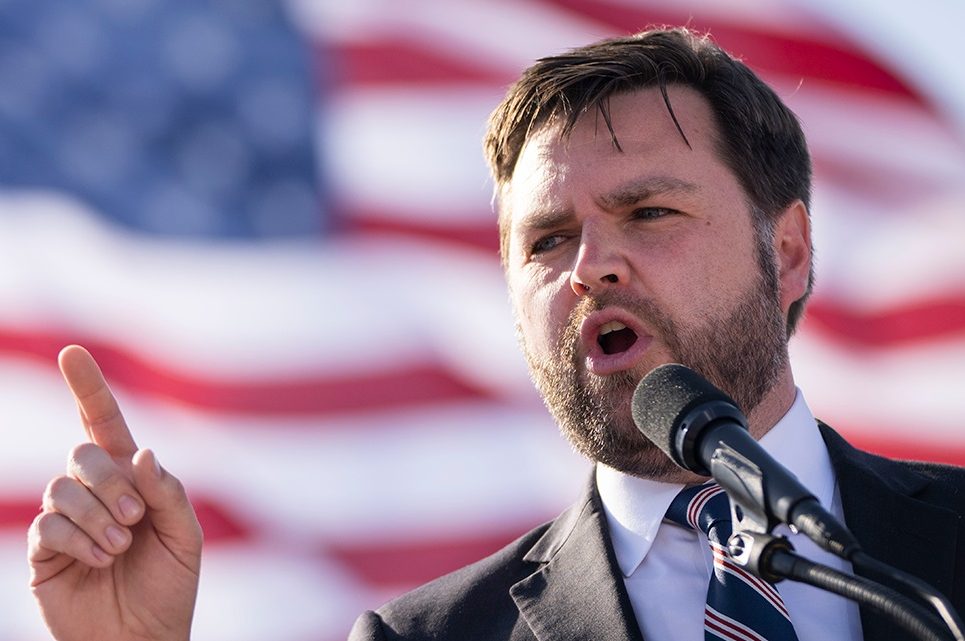






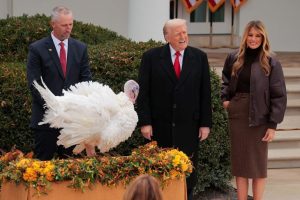
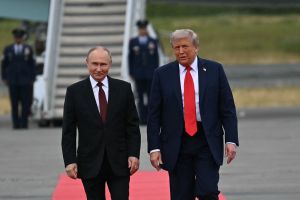
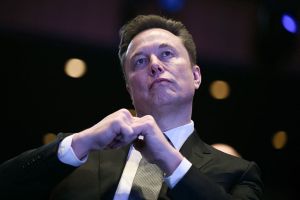
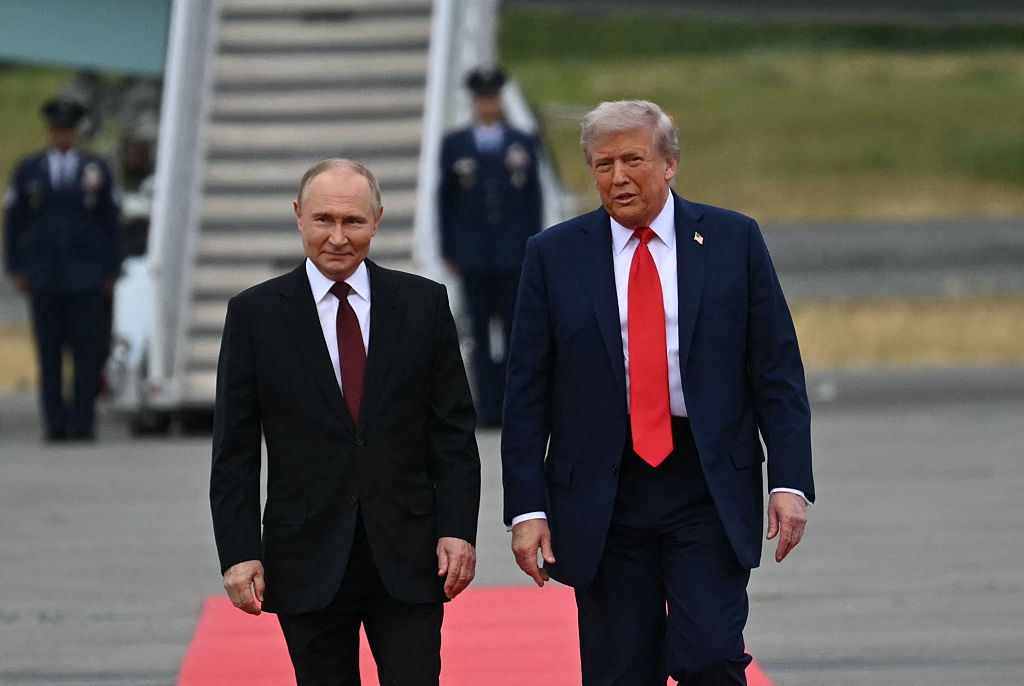
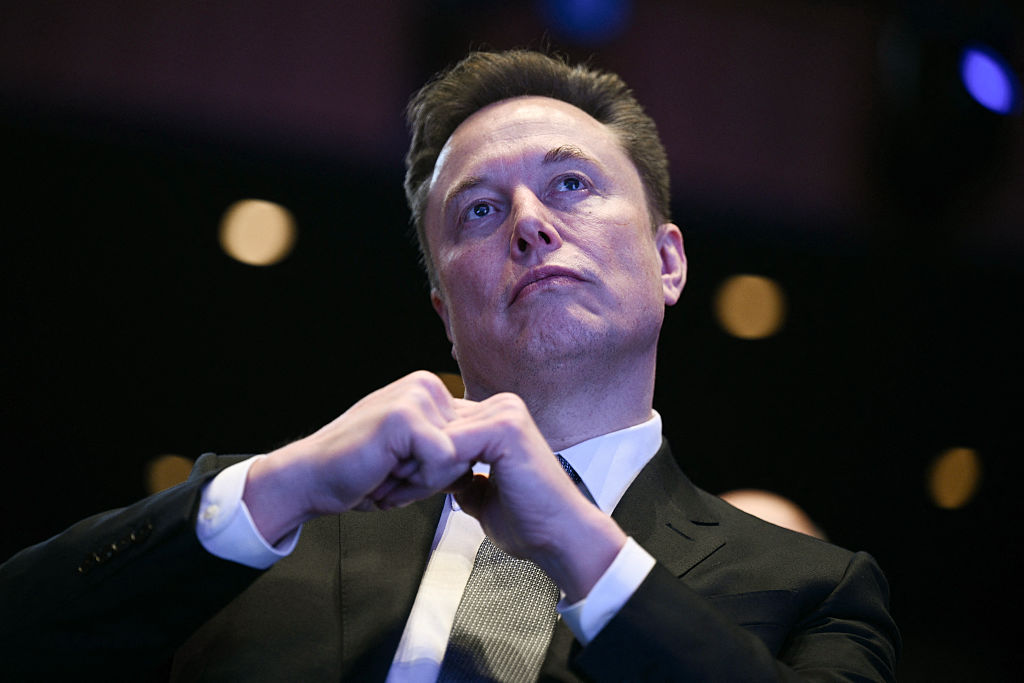
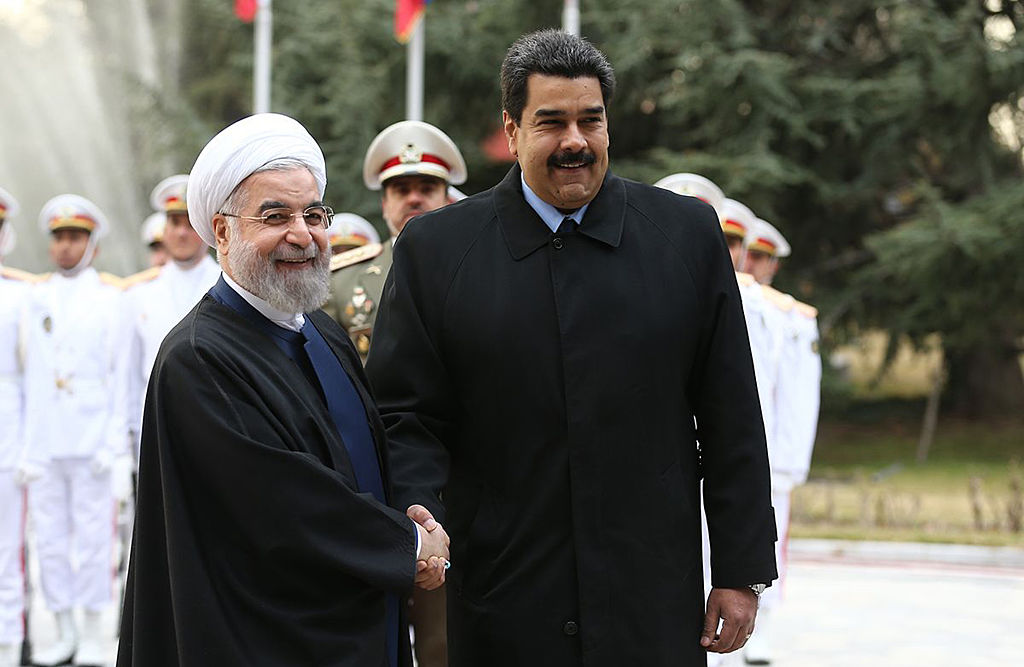
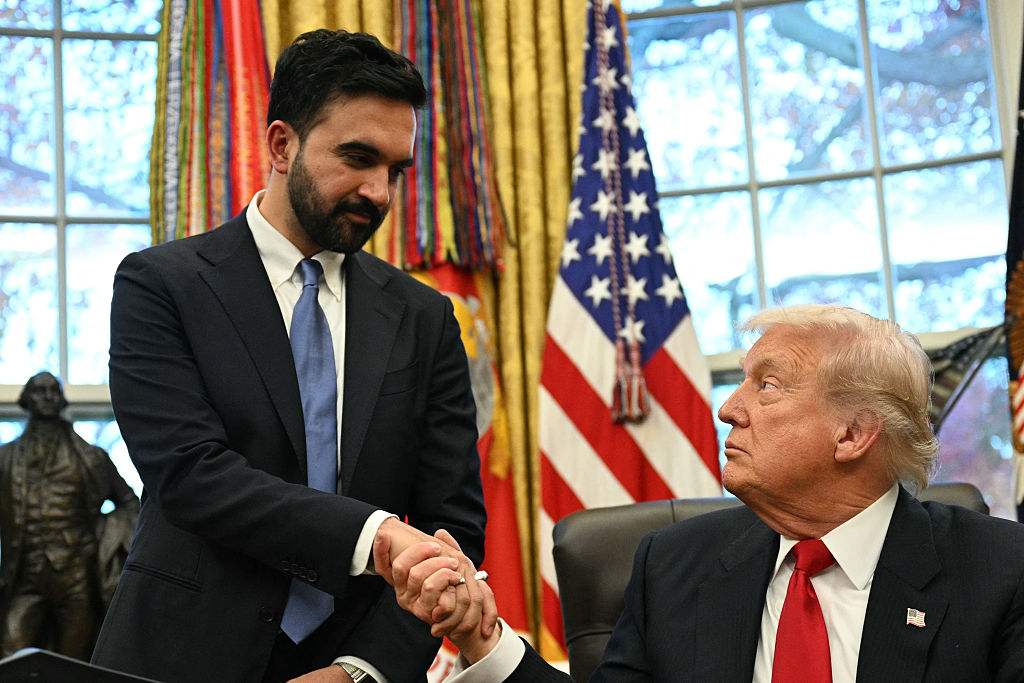
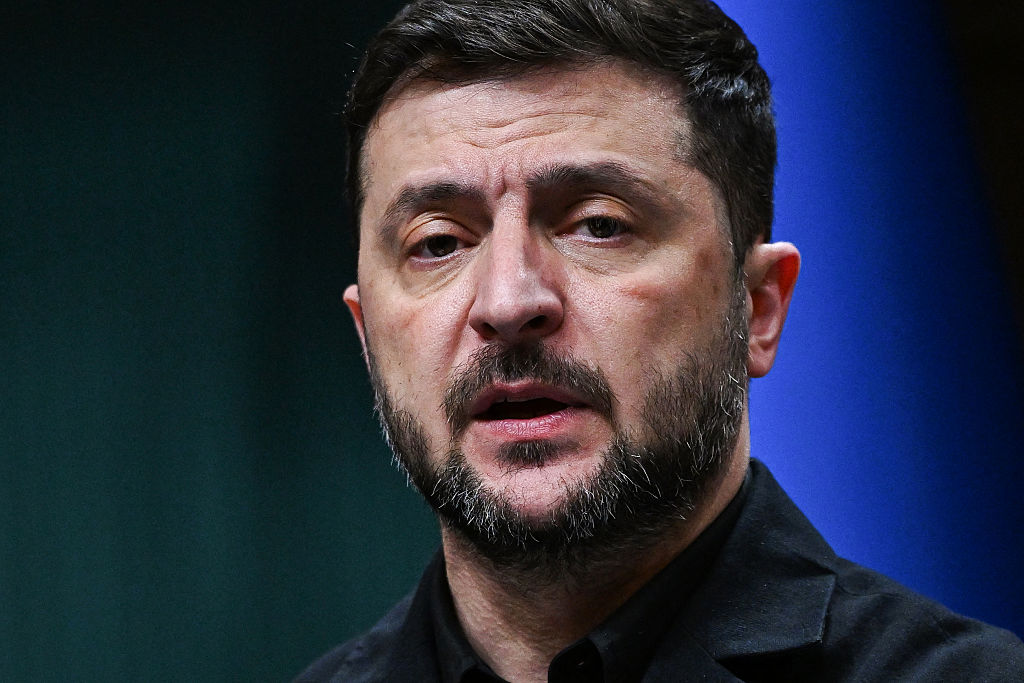
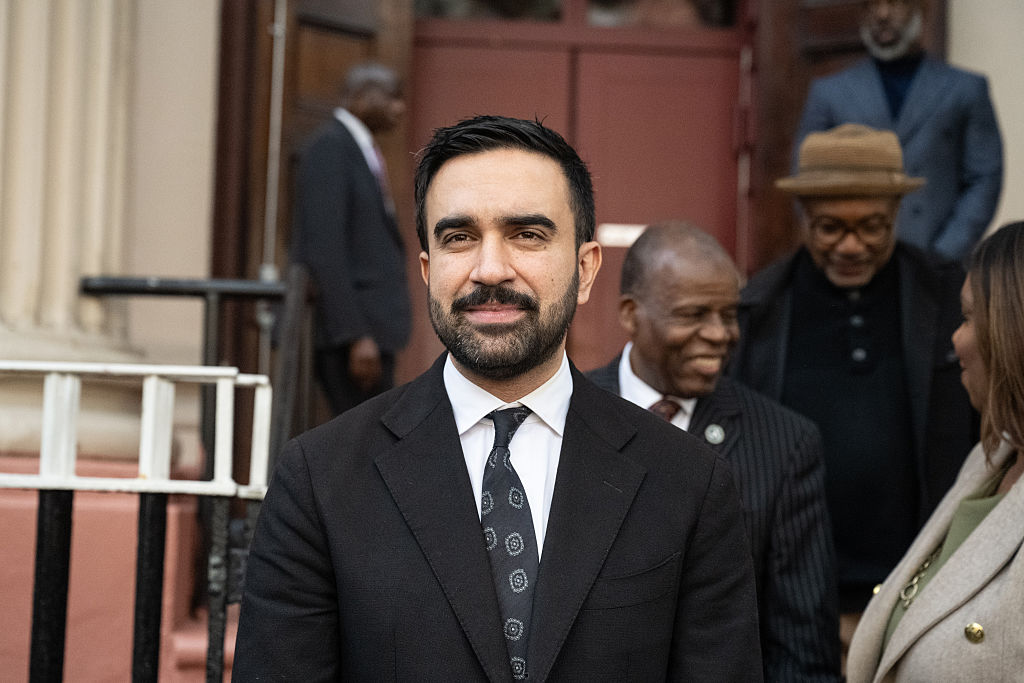







Leave a Reply